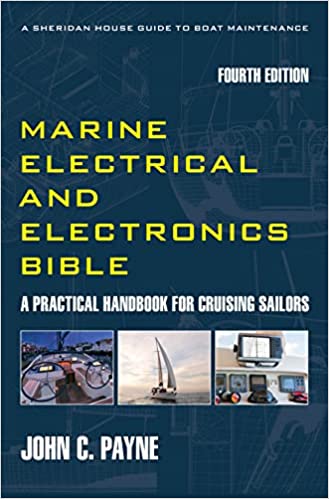Deep Cycle Boat Battery Power
The deep cycle boat battery is the mainstay of boat power on everything from cruising yachts, to motorboats and power boats. Whether it is a flooded or wet cell lead acid deep cycle battery or the latest Lithium-ion types, there things to consider. Deep cycle battery types are by far the most popular battery types in service for boat house power roles. This is generally based on both the battery performance and also economic considerations. Some people choose to keep the lead acid flooded cell deep cycle batteries rather than the AGM battery types with no maintenance.
The first significant purchase decision you will make after buying your preloved boat is that of choosing new batteries, and usually the first decision at the start of each sailing season after a long and cold winter laid up somewhere. Most times you will find that the previous owner has not looked after them and the boat has been somewhat neglected. This offers an opportunity to audit the boat electrical power system and get it right.
The lead acid battery open cell arrangements first progressed to sealed lead acid units which are safety internally vented. Often these were called "marine batteries".
Deep Cycle Boat Battery Life
All batteries are subject to the same criteria when assessing longevity and optimum lifecycle. The basic equation is that lifetime is dependent on the number of cycles or deep discharge cycles and the depth of that discharge. If you discharge the battery to 80% the actual life will be seriously reduced from a battery that you discharge to only 50% of nominal capacity. Another factor that comes into play is the speed at which you discharge a deep cycle battery, fast discharge with high currents above recommended rates causes electromechanical degradation of plates, the same occurs when excessive charge currents are used. Both cause heat build up and damage the plates. Another factor that is also whether the battery is allowed to slowly discharge over a period of time, or allowed to sit and slowly self discharge, or is not completely recharged after discharge leading to that insidious enemy of batteries, sulfation. Nothing ruins a deep cycle boat battery quicker and more effectively than sulfated plates. This condition is entirely preventable with some planning and consideration.
Deep Cycle Boat Battery Decisions
The battery decision making process also depends on the load types, such as engine starting or house power roles, and for deep cycle batteries it is all about the electrical current discharge rates, along with the charge acceptance rates, and the projected cycle life. For engine starting batteries it is all about their high cranking current ability to turn over the engine, while the deep-cycle battery for house power duty has different criteria.
In most yacht and power boat applications inefficient or improperly planned battery charging is a major cause of shortened deep cycle battery life, low performance. The fast charge smart regulator systems are essential if the full battery capacity is to be realized. You can read all about this in the Marine Electrical and Electronics Bible, which explains everything in much greater detail.
The disadvantages appear daunting however flooded cell batteries are bullet proof in many respects. They are tolerant to overcharging and the use of smart alternators overcomes the lower charge acceptance rates. The comparison is made between Lithium-ion battery technology and that is a choice to be made and this covered in that chapter.
Boat Battery Innovations
There are many innovations and performance enhancing deep cycle boat battery design features that are being implemented by the various manufacturers to improve reliability and performance. This may include a greater number of and also thicker plates as this improves current flow, along with improved grid designs. The way material is applied to the plates that maximizes the efficient electrochemical process is something constantly under consideration.
Separator design and material is also an area of development, with some are using fiberglass matting that is bonded to the plates to reduce the shedding of active material, while there are others that now use carbon fiber.
This is conductive and is bonded to the plates to stop plate material shedding and improve current flow, and the encapsulation of the plate is claimed to eliminate sulfation. The costs are much lower than other newer battery types, and if the maintenance and charging are kept up they will have long service lives of several years.
Boat Deep Cycle Battery Features
The best deep cycle boat battery is subject to frequent deep cycling service such as the Rolls, Trojan, Deka, Surrette along with others, and which if properly maintained, will probably offer the best value for money and life expectancy.
It is important to remember that just one serious deep discharge episode can ruin the battery or severely curtail its life. Good boat house power starts with a deep cycle and careful consideration of charging systems. Boat electrical power starts with a Deep Cycle Boat Battery.
